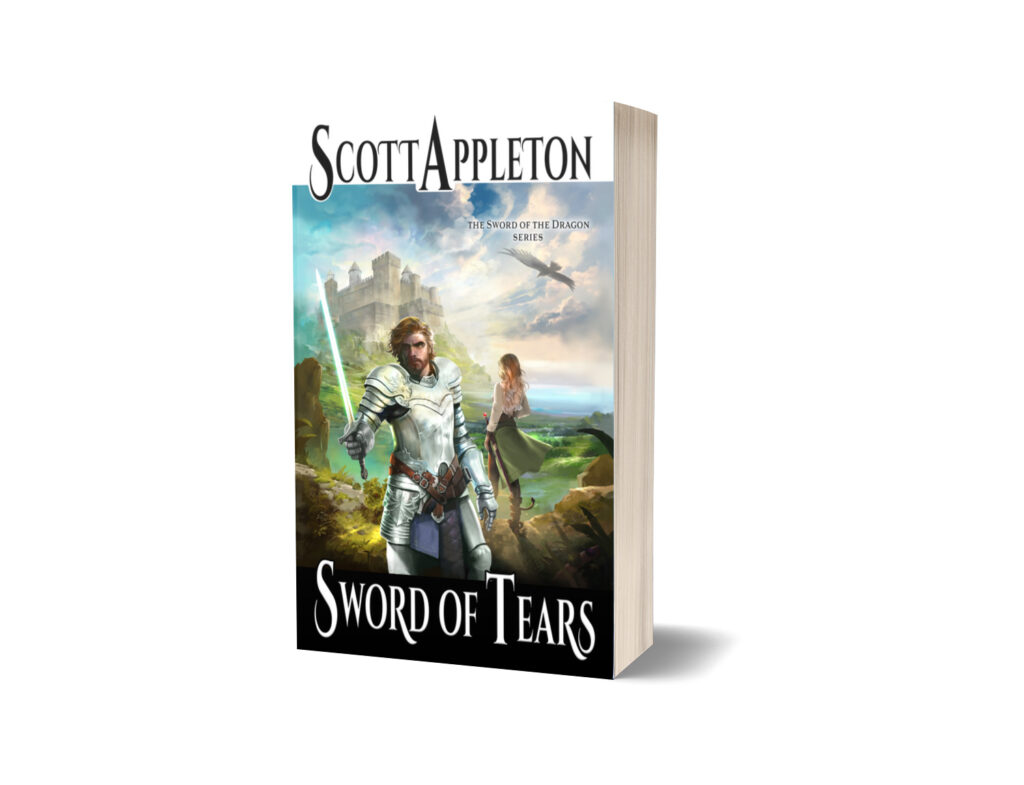There are so many wonderful ways to create timeless memories with the people we love and care for. I was recently reminded of this one Sunday night after work. Typically I get home, eat one of my wife’s delicious dinners (she is a good cook) and then we let the kids watch an episode of an old show before getting them to bed. But, desiring to make more valuable use of our time this evening, I dug through my library for an antique edition of Mother Goose printed in 1901.
I do love old books. The tales you find in there are truer to their original form instead of edited for modern readers. Modernizations tend to simplify the fairy tales and also the prose to such an extent that they do not stimulate greater intelligence in children. They are not “dumbed down” for young readers. I am often reminded that some of the most famous of historical figures actually learned to read from the Bible. Can you imagine a child nowadays tackling even half of the Bible before they reach ten years of age? Sadly, I don’t know of any.
The first story in the Mother Goose book surprised me, for it was the tale of Cinderella. It varied slightly from the versions I have seen previously. Most notably, in this version Cinderella wholeheartedly forgave her stepsisters. She forgave them fully, not just in word but by her deeds as well. Cinderella brought them to live at the palace after she and the prince had been married, and she arranged for each of them to marry affluent men in the kingdom.
At first, when I saw the first story in this little book was Cinderella, I glanced down at my son and thought perhaps I’d skip it for the next one. Find one more suitable to a man. But I thought better of it.
Children need stories of princes and princesses. Classic tales told in a traditional manner reinforce family values, instilling in them codes of conduct and virtue that strengthen them in life. Cinderella’s story shows my son what kind of a woman to admire and what virtues to look for in his future wife. There is wisdom to be gleaned from these old fairytales. Wisdom that is often neglected and forgotten in the modernization of story that we often see today.
Q: Do you make a point of sitting down to read to your children?



Recent Comments